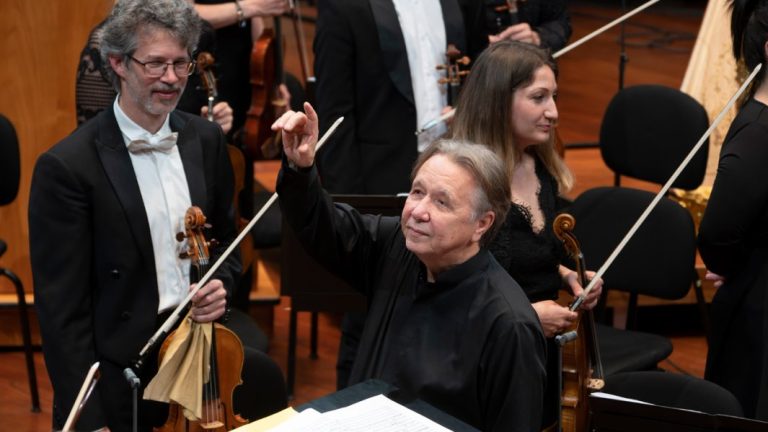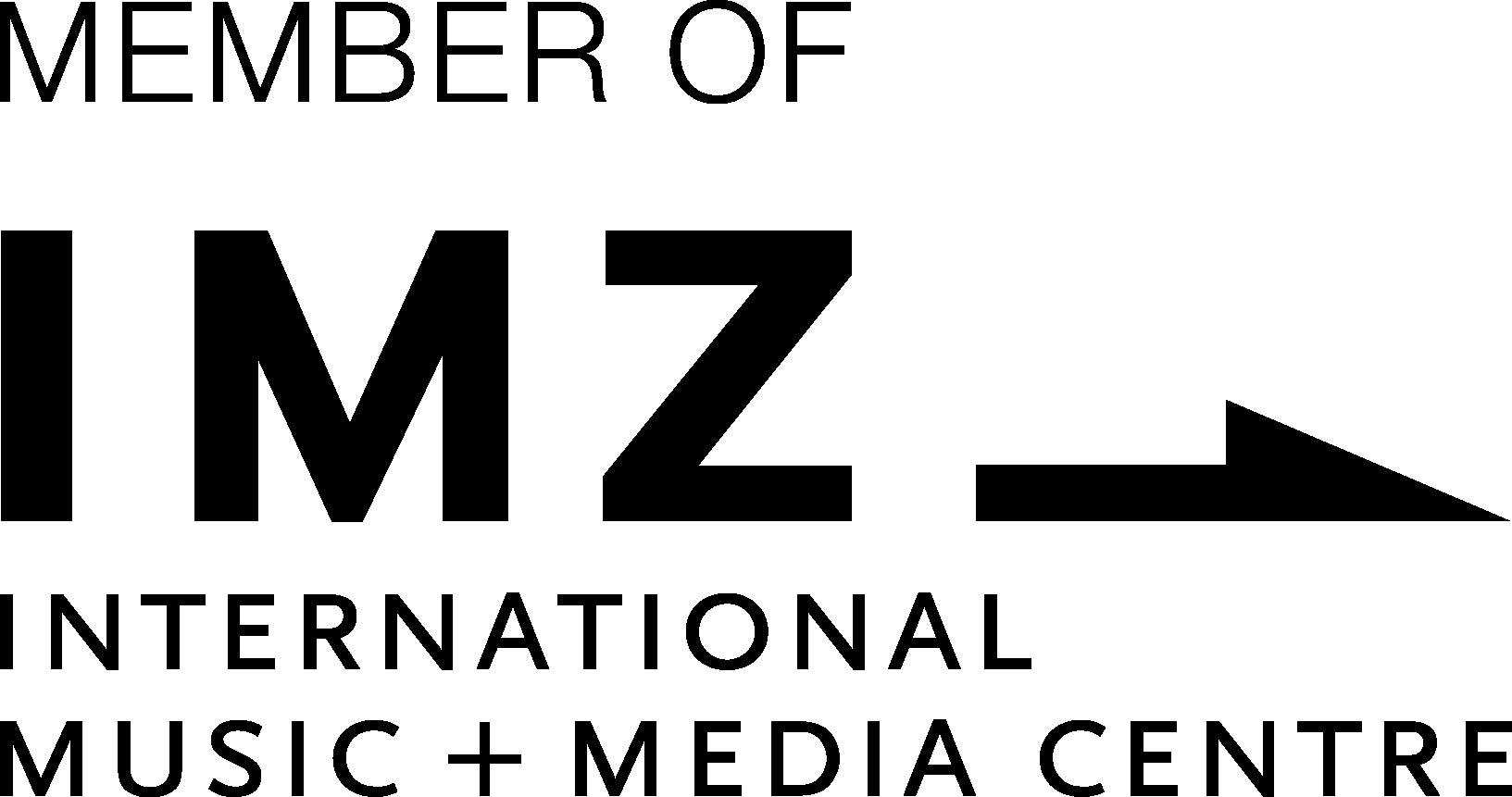A few years ago, a CD review in The Guardian compared five different recordings of Tchaikovsky’s first symphony. The journalist described Russian conductor/pianist Mikhail Pletnev’s version as “impressionist hibernal gloom” in contrast to other, more peppy interpretations. I could also use that phrase to describe a recent program at Müpa Budapest with Pletnev conducting the Concerto Budapest orchestra.
Mind you, I am not opposed to gloom, or even doom; in fact, I prefer the dark side more than what is usually programmed. Evidently, Maestro Pletnev does too. His programming choices here were thoughtfully esoteric and deeply powerful journeys from cool Finnish restraint to heated Russian tidal waves of emotion, thereby implying a curious contrast between two countries that share a border.
His May 3rd program offered Sibelius’ moody “Pelléas and Mélisande” and Violin Concerto – both somber, contemplative works; followed by Rachmaninoff’s “The Isle of the Dead” wherein the ‘Dies ire’ theme lurks; and ending with Scriabin’s “Poem of Ecstasy” which uses his famous ‘mystichord’ to augment the composer’s wild, near-psychotic explosion.
Sibelius’ suite of nine descriptive vignettes was composed for Maeterlinck’s tragic love story that was previously the libretto that Debussy used for his only opera. The most charming vignette was the delightful scoring of Mélisande at her spinning wheel, but the sad tale all too soon ends in her death — the funereal conclusion of the suite. The evanescent Violin Concerto followed, superbly performed by the young (17) wunderkind Abouzahra Amira, whose technical and interpretive prowess was far beyond her years.
1909 was the year that Rachmaninoff composed “The Isle of the Dead,” immediately followed by his 3rd Piano Concerto. Both are voluminous works in deep dark minor. In the “The Isle,” which was inspired by the black and white version of Arnold Böcklin’s painting of the same name, the composer outdid himself in depicting an unsettling sea of souls spiraling upwards from the void. It could easily be the soundtrack to many a Bosch painting, a Lovecraft novel, or Gustave Doré’s spooky etchings for Dante’s “Inferno.”
Rachmaninoff’s use of 5/4, alternating 3-2 to 2-3 in the first part, mimics the way an oarsman would row and creates a hypnotic effect, as does the winding, melancholic melody that develops slowly and with purposeful restraint to reach an etheric world that’s neither Purgatory nor Paradise. Pletnev’s exquisite control of this oceanic escapade touched my sensory system with a thrill coupled with unspoken sorrow. I will never forget his perfect master-minding of this tone poem’s brooding and vivid scenario, while excavating the Slavic soul’s seemingly eternal existential dilemma.
Scriabin’s “Poem of Ecstasy” as exotic as it is, after hearing the Rachmaninoff it felt almost like an enormous self-indulgent, drug-induced episode. Its orchestral bounty is akin to a mix of Dohnányi’s 2nd Symphony and Richard Strauss, and requires a Wagnerian-size orchestra, including an organ. Its vibrational expanse teetered on excess, but because Pletnev is so good with this kind of repertoire it didn’t fall into the kitsch trap. Nevertheless, and thanks to Concerto Budapest being truly spectacular throughout, this opus capped an extraordinary program — the kind that only appears once in a blue moon.











